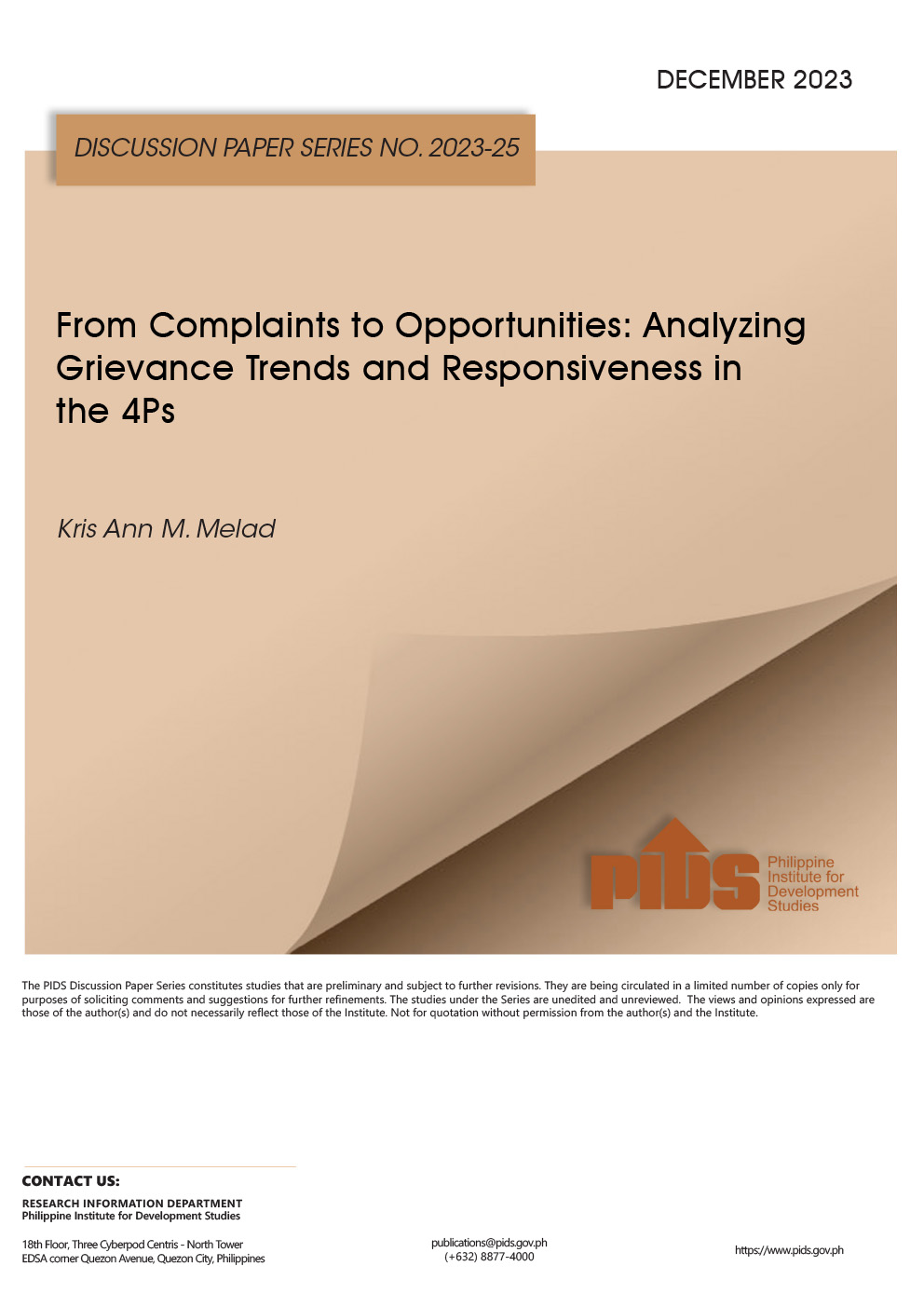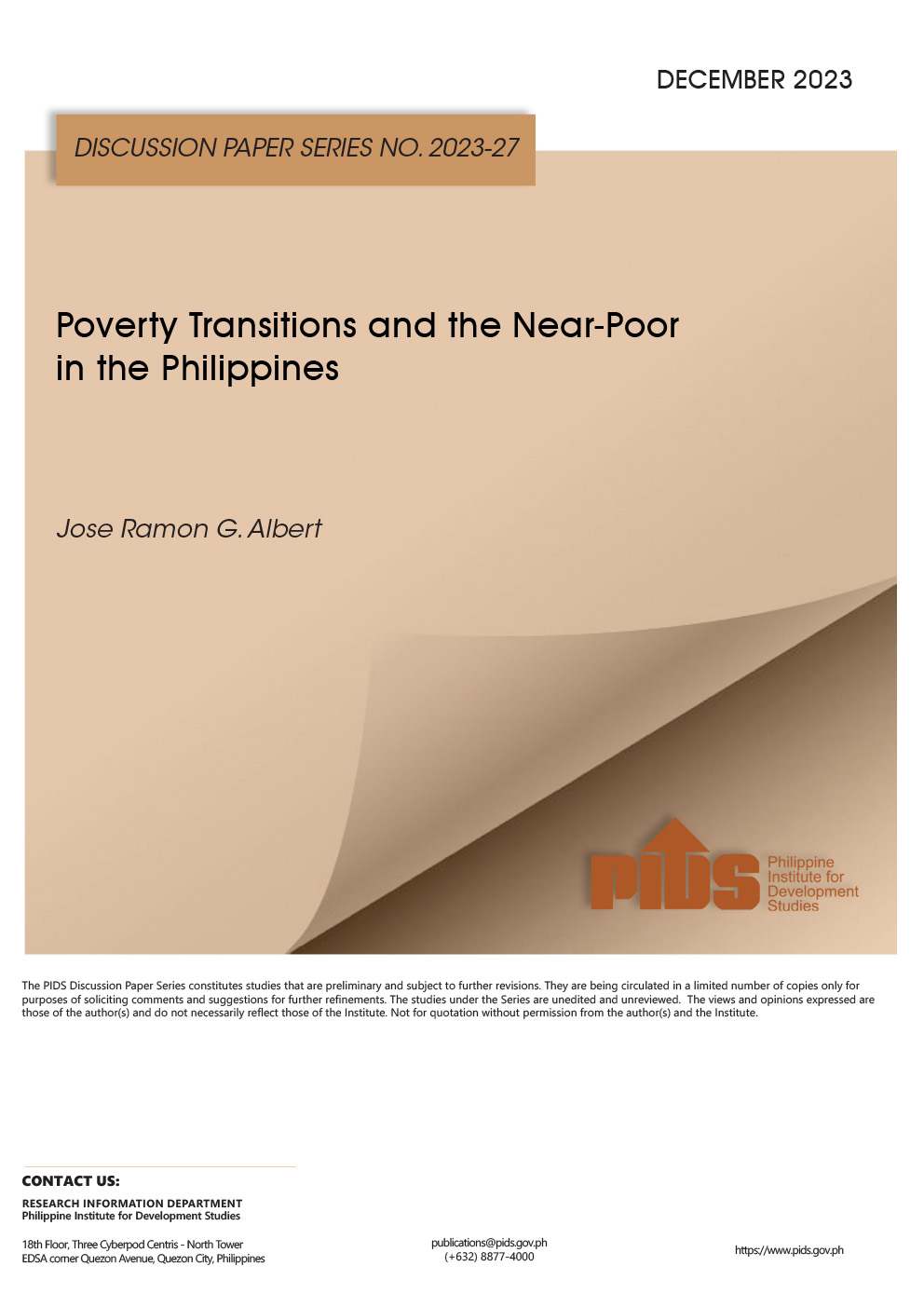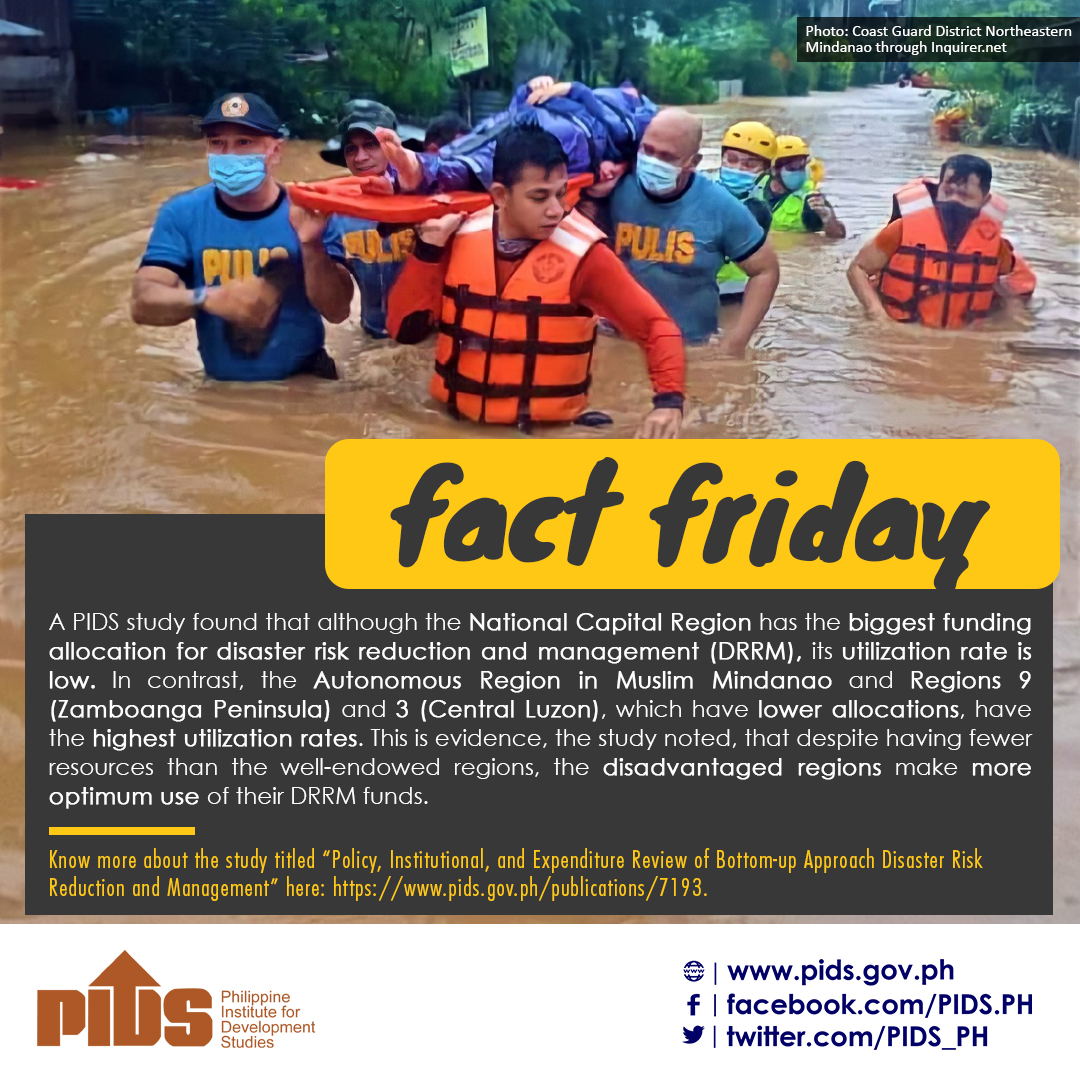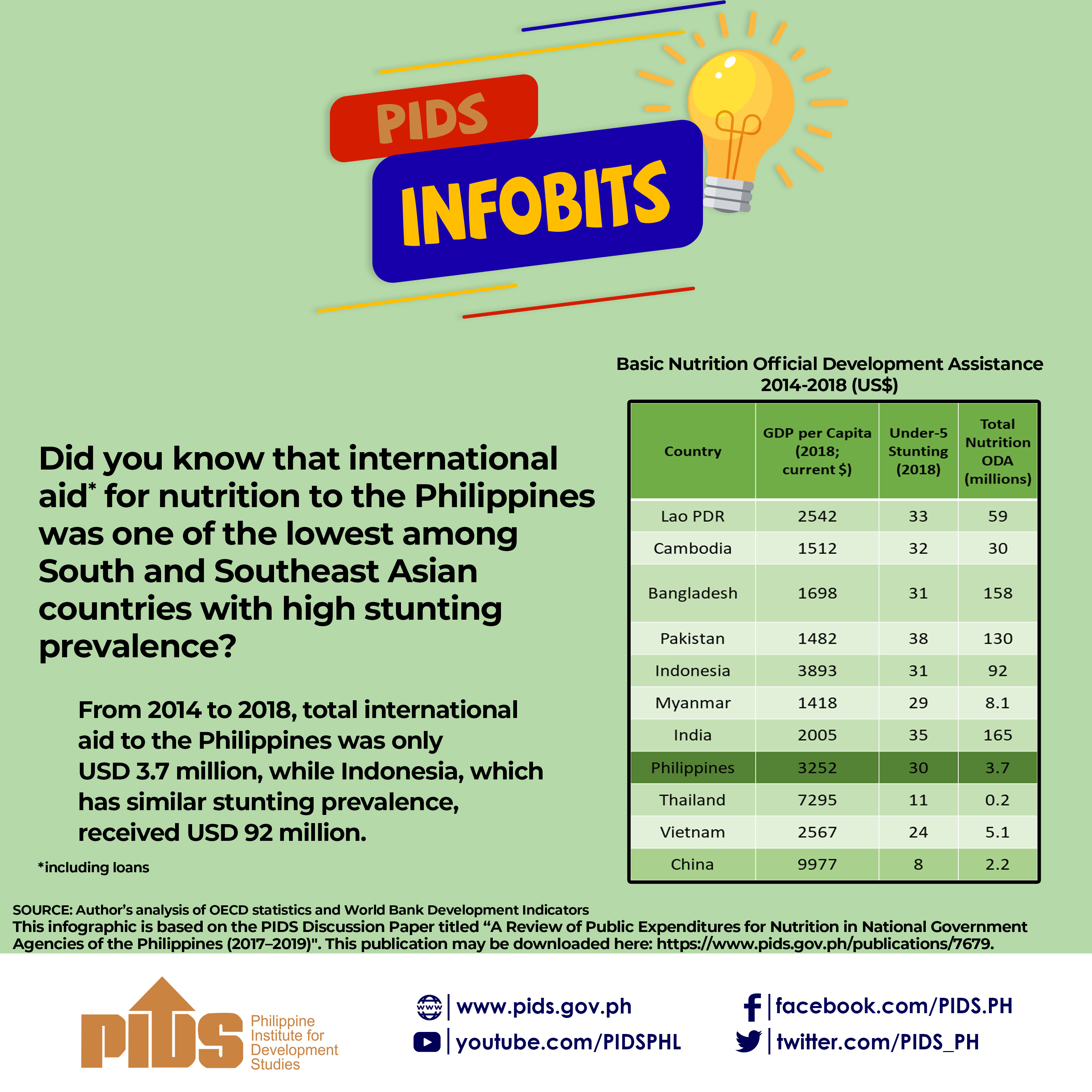Funds for the proposed Bangon Pamilyang Pilipino (BPP) Assistance Program that aims to provide low-income and vulnerable households at least P10,000 in cash assistance are available under unutilized appropriations and unobligated funds in the national budget, according to Camarines Sur Rep. LRay Villafuerte.
Villafuerte said a third cash subsidy for families hardest hit by the global economic turmoil unleashed by Covid-19 is “necessary at this point to boost household income amid the elevated unemployment and inflation or spike in food prices resulting from the lingering pandemic.”
The proposed cash aid’s budget will be sourced from these unutilized and unobligated funds, which are under the 2020 and 2021 General Appropriations Acts (GAAs).
He said the government recently reported around P452 billion in unutilized funds from the 2020 national budget and P204 million in its unobligated cash balance.
The Camarines Sur solon added that the proposed cash aid’s budget will be sourced from these unutilized and unobligated funds, which are under the 2020 and 2021 General Appropriations Acts (GAAs).
House Bill (HB) No. 8597 or the BPP Assistance Program that was primarily authored by former Speaker Alan Peter Cayetano and Taguig Rep. Lani Cayetano, aims to treat the cash assistance given to qualified families as “capital” that would help stimulate consumption and revitalize the economy.
“Imagine if we inject P200 billion into the economy now. That would pump-prime it,” said Villafuerte, one of the other members of the Cayetano-led independent majority bloc BTS sa Kongreso who co-authored HB 8597.
“That money will circulate and will be used to buy necessities and will be used for livelihoods and businesses while we wait for the Covid-19 vaccine for our mass immunization program,” he added.
Villafuerte was one of the co-authors of the laws extending the validity of the 2020 GAA and the Bayanihan to Recover as One Act or Bayanihan 2.
Under the proposed BPP, the priority beneficiaries for the P10,000 cash grant are the poorest of the poor, senior citizens, persons with disabilities (PWDs), solo parents, displaced workers, medical frontliners, families of overseas Filipino workers (OFWs), individuals who were not able to secure aid through the Social Amelioration Program (SAP) under Bayanihan 1, Philippine National ID holders, and members of vulnerable groups.
Villafuerte said the high unemployment rate and the rising prices of food and other basic commodities as reflected in the elevated inflation levels underscore the need for the Congress to swiftly approve the BPP bill.
“If they do not get the help they need, economically dislocated families might not die from Covid-19 but from hunger.”
Driven by high food prices, the inflation rate rose to 4.2 percent in January, which was above the forecast range of the Bangko Sentral ng Pilipinas (BSP) of 3.3 percent to 4.1 percent.
While the government is focused on reviving the economy by providing assistance to banks, micro, small and medium enterprises (MSMEs) and other businesses, the sectors most vulnerable to the economic impact of the Covid-19 pandemic seems to have been left out, he said.
“If they do not get the help they need, economically dislocated families might not die from Covid-19 but from hunger,” Villafuerte said.
According to the Department of Labor and Employment (DOLE), more than 420,000 Filipinos lost their jobs in 2020 while 4.5 million workers were subjected to flexible work arrangements or temporary closures as the Covid-19 pandemic affected the economy and forced businesses to close.
This brought the country’s unemployment rate to 10.2 percent in 2020, based on the latest Labor Force Survey of the Philippine Statistics Authority (PSA).
Metro Manila, the epicenter of the pandemic, was reported to have the highest incidence of hunger at 23.3 percent, according to a November 2020 Social Weather Stations (SWS)Survey. This is almost a quarter of the capital region’s population, which translates into about 780,000 families experiencing hunger in 2020.
In areas outside Metro Manila, where quarantines are less stringent and many sectors of the economy have reopened, the survey showed the incidence of hunger to be lesser. It was 16 percent in Mindanao (estimated at 909,00 families), 14.4 percent in Balance Luzon (1.6 million families) and 14.3 percent in the Visayas (674,000 families).
The Philippine Institute for Development Studies (PIDS), meanwhile, said the prevailing pandemic can potentially reverse gains in poverty reduction over the past five years and push poverty incidence higher than 2015 levels.
It said that while the Philippines has made significant gains in poverty reduction since 2018, the pandemic-induced recession can reverse gains made in regions that have been seeing reduced poverty and worsened the incidence in regions that continue to have high poverty incidence.
As a result, the government has scaled down its ambitious goals to reduce poverty and unemployment by 2022, as the coronavirus pandemic reversed any gains that were made in recent years.
The updated Philippine Development Plan (PDP) 2017-2022, released last week, showed the government is now targeting to cut the poverty rate to 15.5-17.5 percent this year–from the initial goal of 14 percent by 2022 after the proportion of Filipinos whose incomes fell below the poverty line fell to 16.7 percent in 2018 from 23.5 percent in 2015.








